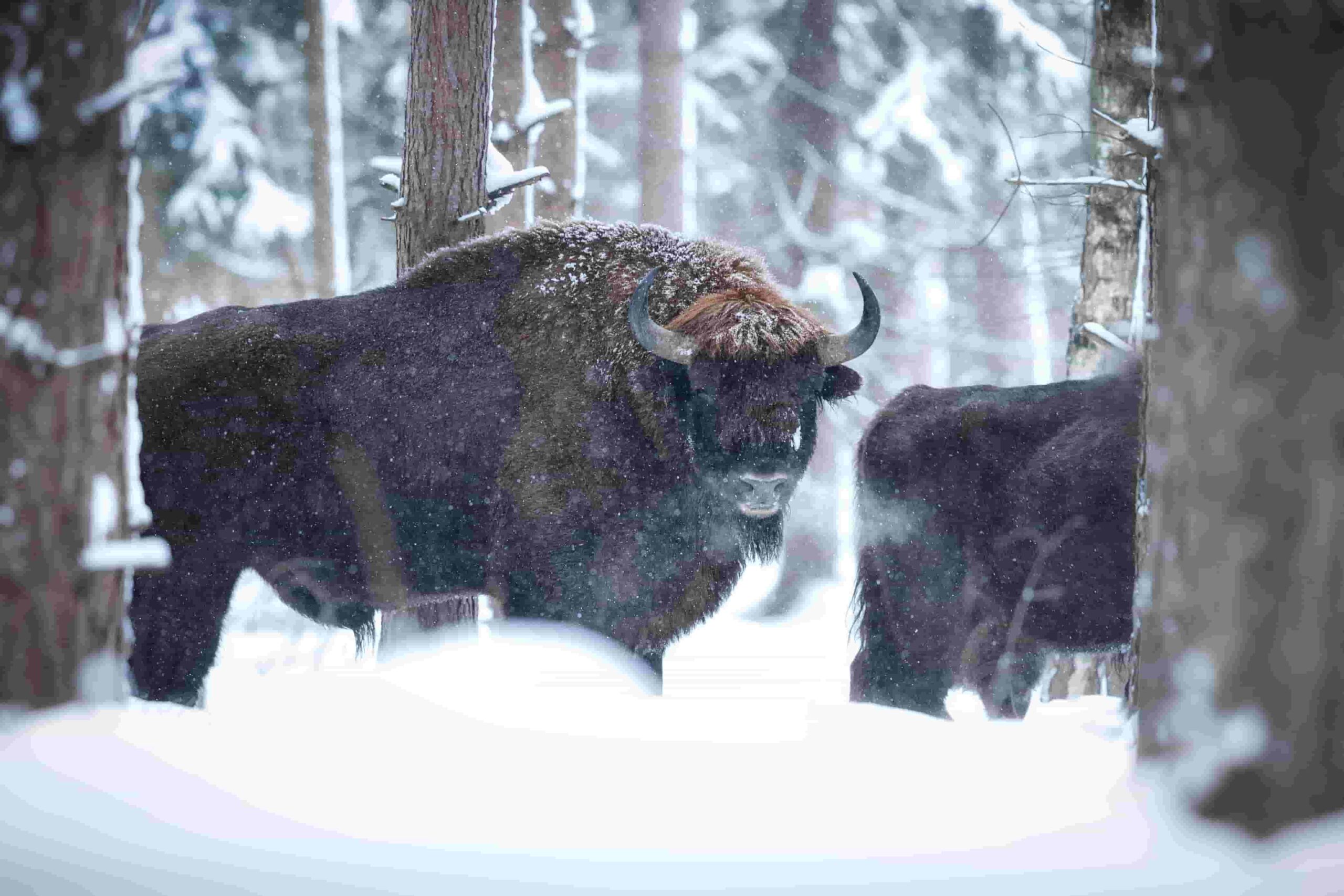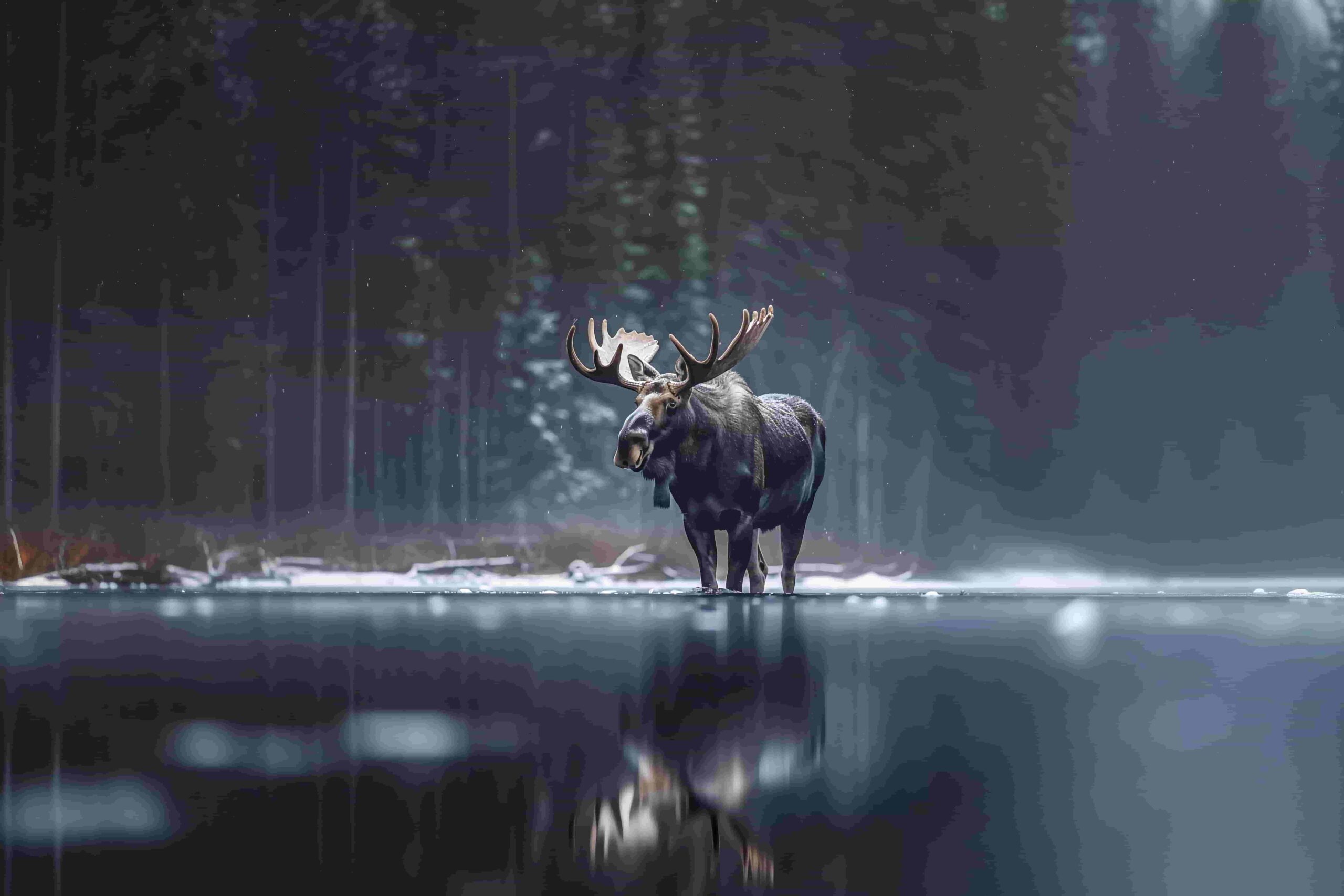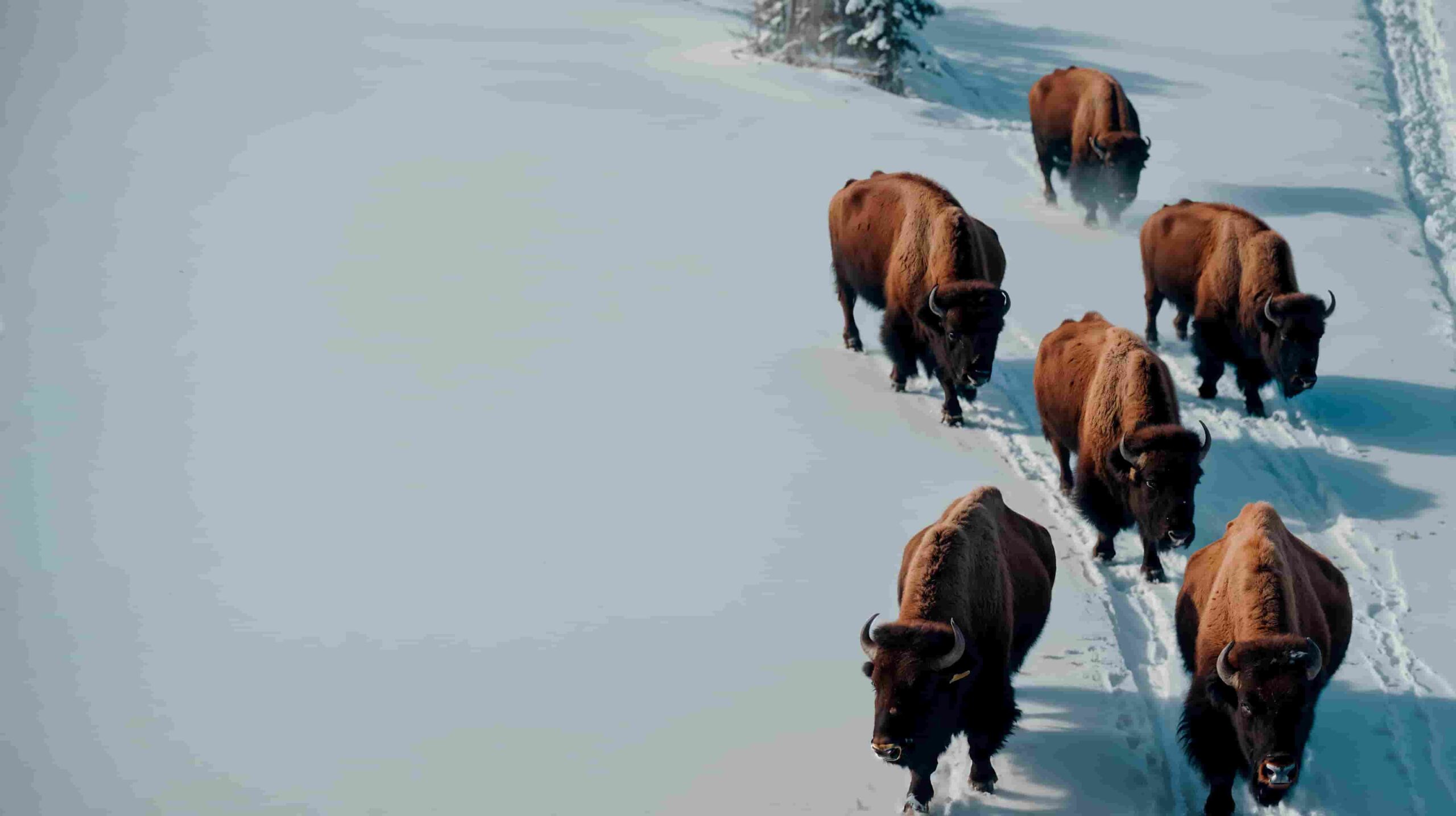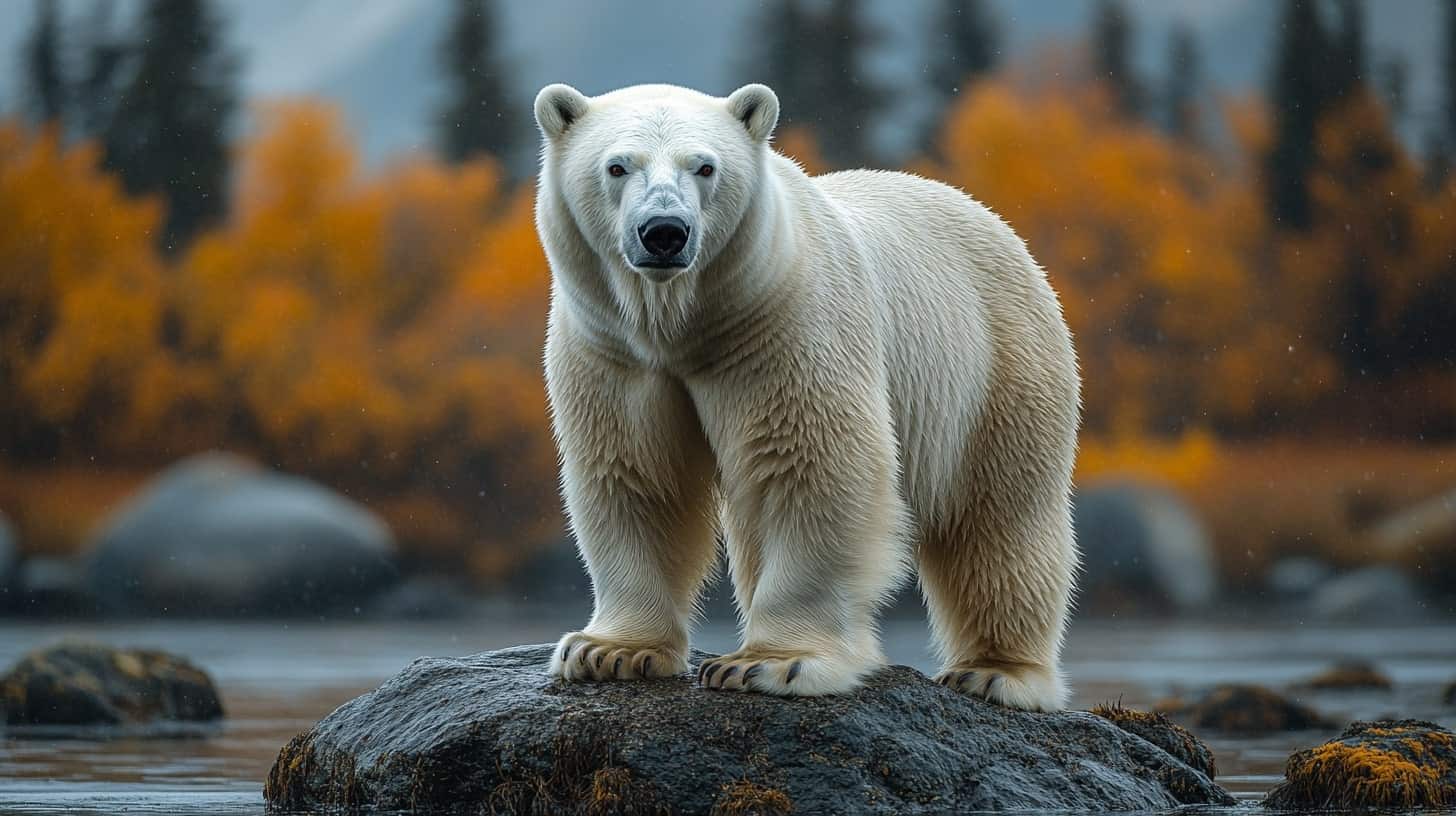Introduction
Hunting in Alaska is not for the faint of heart. Known for its harsh weather and challenging terrain, Alaska presents unique obstacles for hunters. From dense fog to long nights, visibility can be a serious issue. Yet, those who brave these conditions are rewarded with unparalleled experiences and large game hunts. To overcome Alaska’s challenges, many hunters are turning to technology. One tool stands out in particular—thermal imaging. This blog will explore why thermal imaging is becoming essential for hunters in Alaska, providing practical insights and real-life examples.
Understanding Thermal Imaging
Thermal imaging might sound futuristic, but it’s actually a straightforward technology. At its core, thermal imaging detects heat emitted by living organisms or objects. Unlike night vision, which relies on visible light, thermal imaging captures infrared radiation, allowing hunters to see in complete darkness. It’s like having super-powered vision that cuts through fog, rain, and foliage.
With its ability to detect subtle temperature differences, thermal imaging offers significant advantages. It enables hunters to spot game in dense forests or under snowy cover, where visual detection is nearly impossible. Additionally, it provides a clear picture regardless of the time of day. This makes it indispensable for Alaskan hunters who often find themselves in low-light conditions. The technology has become not just a tool but a game-changer for modern hunting.
Applications in Alaska’s Hunting Conditions
In Alaska’s vast wilderness, where hunters must contend with thick woods and unpredictable weather, thermal imaging shines. Take, for example, a moose hunt during the early morning hours. Using a thermal scope, hunters can easily identify the heat signature of a moose among the trees, a task nearly impossible with the naked eye. Furthermore, thermal imaging helps hunters track wounded game by detecting the slight temperature changes. This is crucial for ethical hunting, ensuring no animal suffers unnecessarily.
In one documented case, a group of hunters successfully navigated a dense fog thanks to their thermal imaging gear, allowing them to safely approach a herd of caribou. Without such technology, these conditions would have forced them to abandon their hunt or risk unsafe practices. Stories like these demonstrate how thermal imaging is transforming hunting in Alaska, offering a safer and more efficient experience.
Advantages Over Traditional Hunting Methods
While traditional hunting methods rely heavily on sight and sound, thermal imaging offers distinct advantages. For starters, it allows hunters to detect game without disturbing the environment, minimizing noise and movement. This stealthy approach increases the chances of a successful hunt. From a safety perspective, thermal imaging helps identify other hunters or potential hazards in the area. This reduces the risk of accidents, which is particularly important in the remote Alaskan wilderness.
In addition to safety, thermal imaging introduces ethical considerations. By allowing hunters to track and retrieve wounded game more effectively, it aligns with the principles of responsible hunting. Unlike traditional methods that may leave an animal to suffer, thermal imaging ensures a quick and humane conclusion. It’s a tool that enhances the hunting experience while respecting the natural world, making it a valuable addition to any hunter’s arsenal.
Choosing the Best Thermal Imaging Device
Selecting the right thermal imaging device is crucial for maximizing its benefits. There are several factors to consider, including resolution, range, and battery life. Resolution affects the clarity of the image, while range determines how far you can detect game. Battery life is essential for longer hunts, ensuring your device lasts as long as you do.
Several top devices on the market cater to different needs. The FLIR Scout TK, for instance, is popular for its compact size and affordability, perfect for beginners. Meanwhile, the Pulsar Helion XP50 offers high resolution and extensive range, ideal for seasoned hunters seeking top-tier performance. Reviews and comparisons can guide you in selecting a device that suits your hunting style and budget.
The Future of Hunting with Thermal Imaging
The future of thermal imaging in hunting looks promising. Technological advancements are making devices more accessible and affordable. We can expect to see improvements in resolution and range, as well as new features like integration with GPS and smartphone apps for enhanced tracking and data analysis.
Such innovations will likely expand the applications of thermal imaging beyond hunting. For instance, conservation efforts can benefit from monitoring wildlife populations without disturbing their natural habitats. These developments will continue to enhance the role of thermal imaging in outdoor activities, promising exciting possibilities for hunters and enthusiasts alike.
Conclusion
In Alaska’s challenging hunting landscape, thermal imaging is not just a luxury—it’s essential. By offering superior detection capabilities and enhancing safety and ethics, it revolutionizes the hunting experience. Alaskan hunters who incorporate this technology gain a competitive edge and enrich their connection with nature.
To fully harness the power of thermal imaging, hunters are encouraged to explore available options and join discussions within the community. Share your experiences, learn from others, and continue to refine your skills. The future of hunting is bright, and thermal imaging is leading the way.



